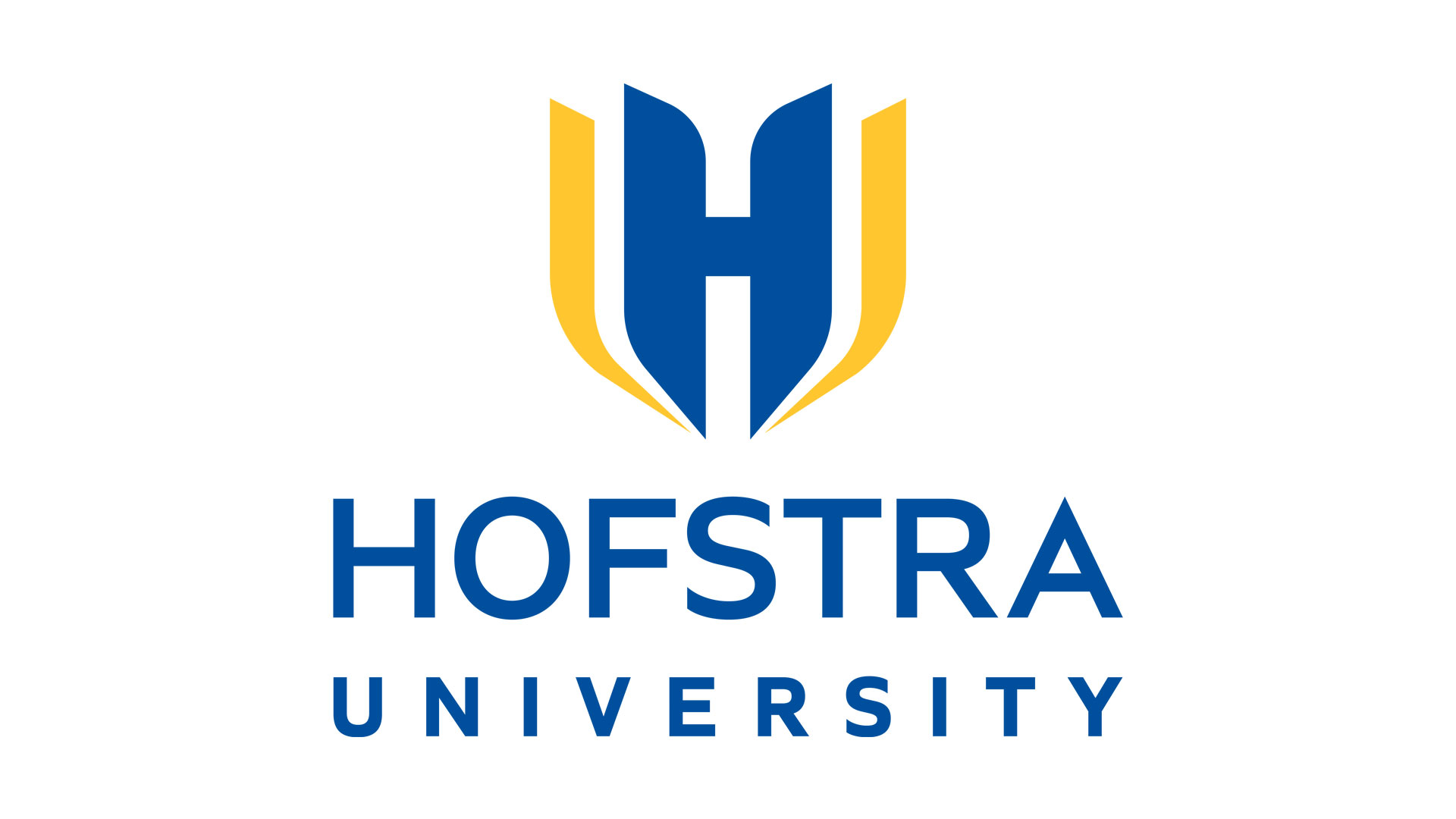
Some of the most notable medical schools have been around for centuries — and so have their teaching programs. While there’s value to be had in learning strategies that have seemingly been in place forever, students seeking an advanced degree in medicine could benefit from a refreshed way of learning. Schools are responding to this in several different ways, including what they teach, how they teach it and the duration of time required in the classroom.
“To say the medical industry is changing is an understatement.”
Industry changes lead to classroom innovations
To say the medical industry is going through a bit of a change is an understatement. For starters, the evolution of healthcare is requiring professionals in the field to wear multiple hats. This creates the need for a more expansive education, as well as one that places more of an emphasis on practice-based learning. According to the Association of American Medical Colleges (AAMC), the new technologies and sciences of the 21st century also call for a change to the traditional medical school curriculum, and the changing demographic of patients requires revamped coursework. Keeping all of these changes in mind, it’s no wonder why education for medical students is being reconsidered.
Key changes in education
The Wall Street Journal recently reported on the latest updates to medical school education, which include changes to the Medical College Admission Test (MCAT). Aside from being two hours longer than the previous version, the new test examines students’ knowledge of biology, physics, chemistry as well as behavioral and social sciences.
The source also explained that students will be taken out of the classroom to learn more deeply and practically. Lectures will gradually transform into group discussions, and textbook learning will be done online at the student’s own pace.
“We’ve replaced ‘the sage on the stage’ with ‘the guide on the side,’ ” Richard Zimmerman, a neurosurgeon and medical director for education for the new Mayo medical school, told the WSJ.
In an age where people can easily turn to the Web for immediate answers, the idea of a resident answering challenging questions on the spot is no longer the norm. Instead, the source noted that residents and medical professionals work together in teams to come up with an answer and best diagnose and treat a patient.
“The fund of medical knowledge is now growing and changing too fast for humans to keep up with, and the facts you memorize today might not be relevant five years from now,” Marc Triola, New York University’s associate dean for educational informatics, told the WSJ.

Graduate Admissions Office, Springfield, MA, 01119
Western New England University offers a diverse range of master's, doctoral, and dual degree pr....

3690 East Avenue, Rochester, NY, 14618
As an independent institution in the Catholic tradition of American higher education, St. John Fishe....

10601 Calle Lee, Los Alamitos, CA, 90720
Touro University Worldwide is a nonprofit institution of higher learning established by philanthropi....

126 Hofstra University, Hempstead, NY, 11549
At Hofstra University, students take advantage of dynamic courses, flexible schedules, exceptional f....

1000 Regent University Drive, Virginia Beach, VA, 23464
Regent University is a Christian learning community comprised of seven graduate schools (Business &a....

5701 Delhi Road, Cincinnati, OH, 45233
Mount St. Joseph University is a Catholic academic community grounded in the spiritual values and vi....

401 N Fairview St, Lock Haven, PA, 17745
Founded in 1870, Lock Haven University sits on the West Branch of the Susquehanna River and looks ov....

Doheny Campus, Los Angeles, CA, 90007
The Master of Art in Humanities at Mount Saint Mary’s University is a dynamic and fl....